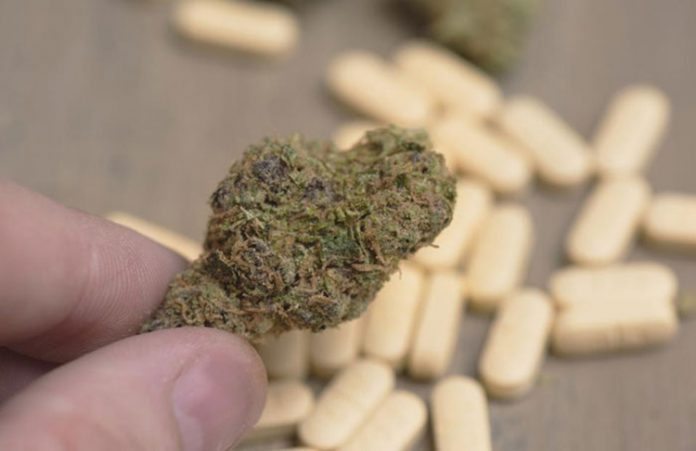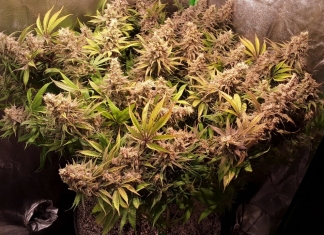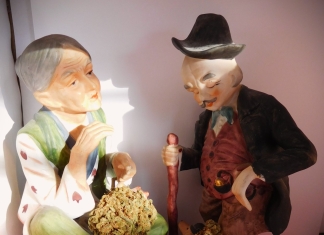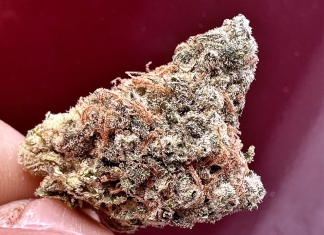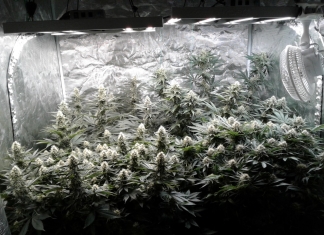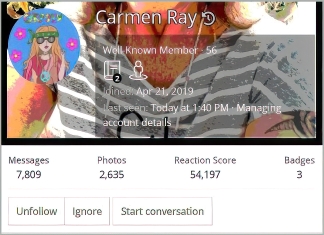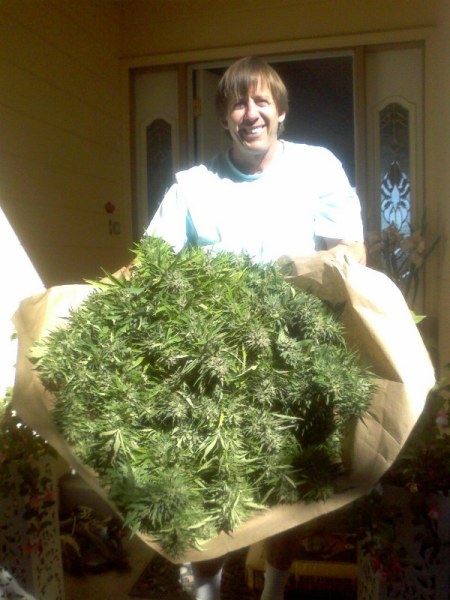Carol Lynn has been taking Percocet longer than she can remember.
Her bones are brittle and the discs that are supposed to cushion her vertebrae have deteriorated like an aging sponge unable to protect her nerves.
“I don’t want to take pills anymore,” the 73-year-old former medical billing agent said. “They’re addictive and after a while they’re not even effective.”
She added: “I’ve been taking Percocet for years and years and years. No more. I have to stop.”
Six years ago she was also diagnosed with Parkinson’s Disease, so now she contends with shaking arms and trembling hands and fears it will get worse.
The Beverly Hills woman said she lives in constant pain.
“I’m willing to try anything,” she said after attending a recent presentation by Dr. Bob Goethe espousing the benefits of medical marijuana. The anesthesiologist rents office space in The Villages and Inverness.
“I’m going to make an appointment and this is going to help,” Lynn said.
Percocet is an opioid: a mixture of oxycodone and acetaminophen.
In addition to her painkiller no longer being as effective as it once was for her back pain, the growing opioid epidemic is scaring her and she doesn’t want to become a statistic.
She thinks she doesn’t have any choice or much to lose.
“I’m going to wean myself off it,” she said.
Some local doctors said that many of their chronic pain patients are good candidates to switch from opioids to medical marijuana. Others say medical marijuana is no cure all and there are scant studies that prove its effectiveness.
Lynn is looking to join the 86,000 Floridians enrolled in the state’s medical marijuana registry. As recent as December 2017, there were fewer than 64,000. Every week about 2,500 join the rolls, according to the Florida Department of Health.
Of those in the registry, nearly 59,000 were issued medical marijuana cards with which patients can go to medical marijuana dispensaries and buy medical marijuana.
Goethe has about 100 patents for which he recommends medical marijuana. He wants to increase that to 1,000. Legally, Florida doctors cannot write prescriptions for medical marijuana, but rather order the drug for patients.
There is no data that shows how many opioid patients are making the switch from painkillers to medical marijuana, but the rising number of patients getting themselves on the rolls suggests that many are at least trying.
The move from opioids also stems from patients educating themselves about medical marijuana as an alternative, Goethe said. Goethe thinks virtually all chronic opioid users could either use medical marijuana in its place or at least reduce their opioid use and augment it with medical marijuana.
Goethe gives about one medical marijuana presentation a month: one each in Citrus County and one in The Villages.
“There’s nothing like being in a room…with people who have never been in a cannabis discussion and they’re at their wits end and to give them an option to use a product that’s not harmful, not expensive and is effective for everyone that uses it,” Goethe said.
And just as patients are clambering to get on the medical marijuana rolls, the number of doctors getting certified to order it is also growing fast.
As of March 2018, there were 1,225 Florida doctors certified to send patients to medical marijuana dispensaries, according to the state health department. That’s nearly 300 more since August 2017. There are currently 10 doctors in Citrus County certified to order medical marijuana for their patients.
There are no medical dispensaries in Citrus County, but there are dozens throughout Florida, including in Lady Lake near The Villages and in Gainesville. Most of the businesses will deliver the drug to your home.
Dr. Mark Fallows, a interventional pain medicine specialist in Citrus County who is also certified to order medical marijuana for his patients, warns opioid patients considering moving to medical marijuana not to throw away their opioid prescriptions quite yet. He said that marketing claims that medical marijuana can help with a range of ailments is overblown.
“There’s a lot of wild and inaccurate stuff out there,” he said. “Research has not been very robust.”
“It may or may not work,” he said. “There’s no other substance in the world that claims (to help) as this one does.”
In addition, patients taking medical marijuana may feel less anxious, he said. That could also lead some researchers to erroneously conclude the patient is feeling less pain, he warned.
Regardless of whether medical marijuana will help reduce pain or other symptoms, Fallows warned that patients have to be weaned off their opioids before trying something else. Typically, that’s a two to three month process.
Fallows said that there are few downsides to medical marijuana, but patients could bypass other more effective forms of treatment.
While Fallows disagrees that almost all chronic opioid patients could do just as well using medical marijuana, he does think at least 50 percent could.
Fallows said he’s discussed with about 15 percent of his patients the potential of switching to medical marijuana. About one third of those patients made the leap and are now using medical marijuana.
Also discouraging to patients is that because marijuana is still illegal by federal law, insurance will not pay for it. The costs to patients range but can be about $200 a month, in addition to doctor visits to renew medical marijuana orders.
There are now 29 states, plus the District of Columbia, that allow medical marijuana.
A 2014, JAMA Internal Medicine study showed that in states with medical-marijuana use, there was a near 25 percent lower annual opioid overdose mortality rate, than those states who do not allow marijuana use. Authors of the study warned, however, the reason was unclear.
Dr. Scott Redrick, a Crystal River gynecologist who has patients using medical marijuana, concedes that medical marijuana is not a cure all. But when it comes to chronic pain, he said, medical marijuana should be a doctor’s first choice.
“A lot of the people I see definitely want to decrease their opiates. It’s messing up their lives. They can’t function. Their lives are getting out of control,” he said.
About 40 percent of his medical marijuana patients came to him asking for help to get off their prescription painkillers.
Redrick owns Citrus Gynecology, Citrus Medical Marijuana Clinic, and Citrus Medical Weight Loss, all at 582 SE 7th Ave., Crystal River.
One of Redrick’s patients is Wallace. Wallace asked that his last name not be used for this story.
The 63-year-old Citrus County man cracked one of his vertebrae 15 years on an amusement park ride.
“I went to a pain clinic and talked to pain doctors and one thing led to another and that led to prescriptions for oxycodone, OxyContin, and eventually fentanyl patches,” he said. He has been using opioids for pain for nearly 15 years.
“It worked. I was functional…But I thought there’s no way I should have this nasty stuff in my system,” he said.
Wallace said he was using a 100 microgram per hour fentanyl patch. The amount on the patch is considered on the high side for the drug.
He started using medical marijuana seven months ago.
“I have reduced my fentanyl patch from 100 micrograms to 12 micrograms an hour,” he said. “Thank you God. It’s astonishing.”
Wallace said he had his doubts whether his medical marijuana would work as well as his opioids.
“But it did. It was immediate,” he said. “I’ll be using it the rest of my life.”


